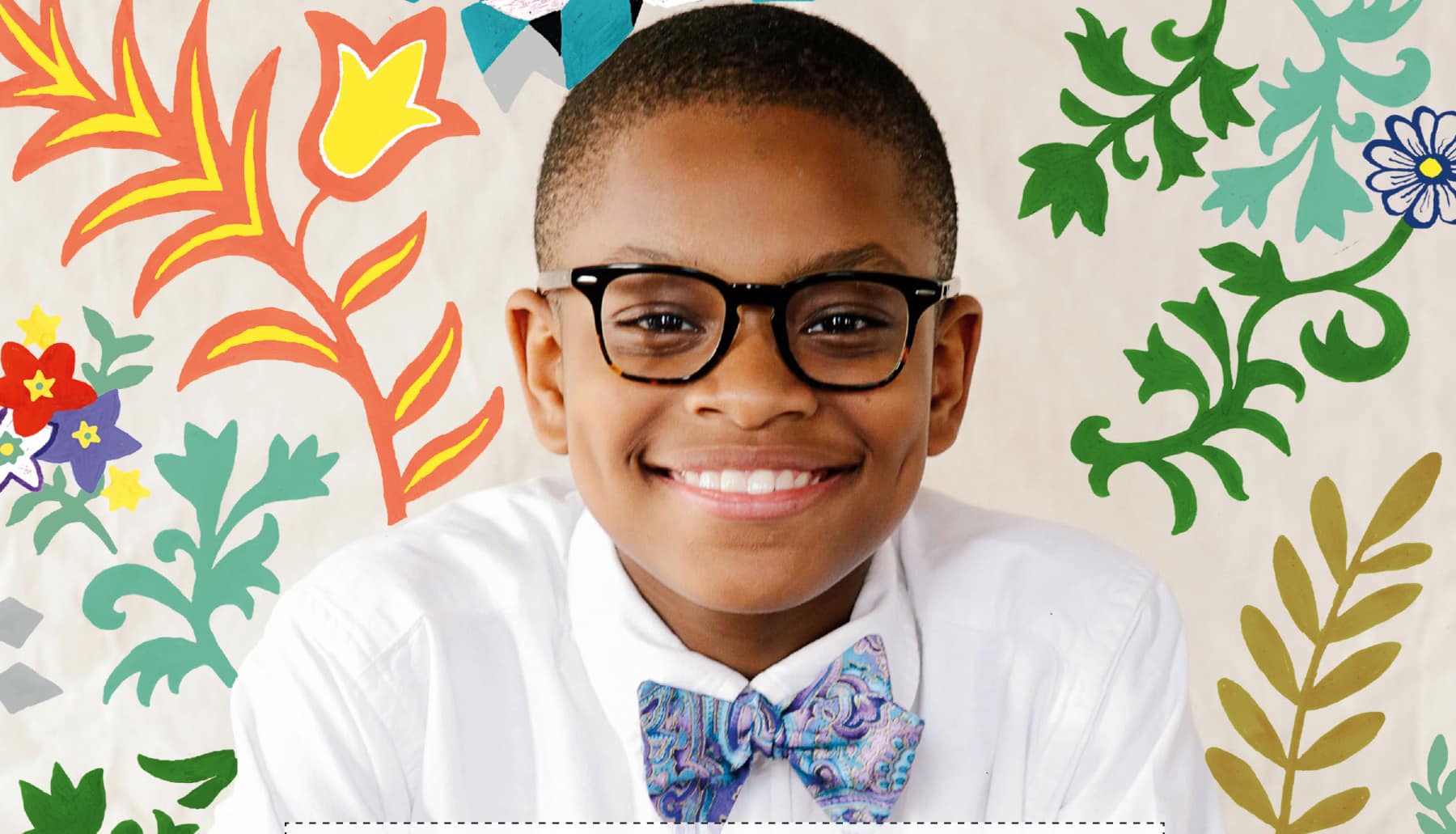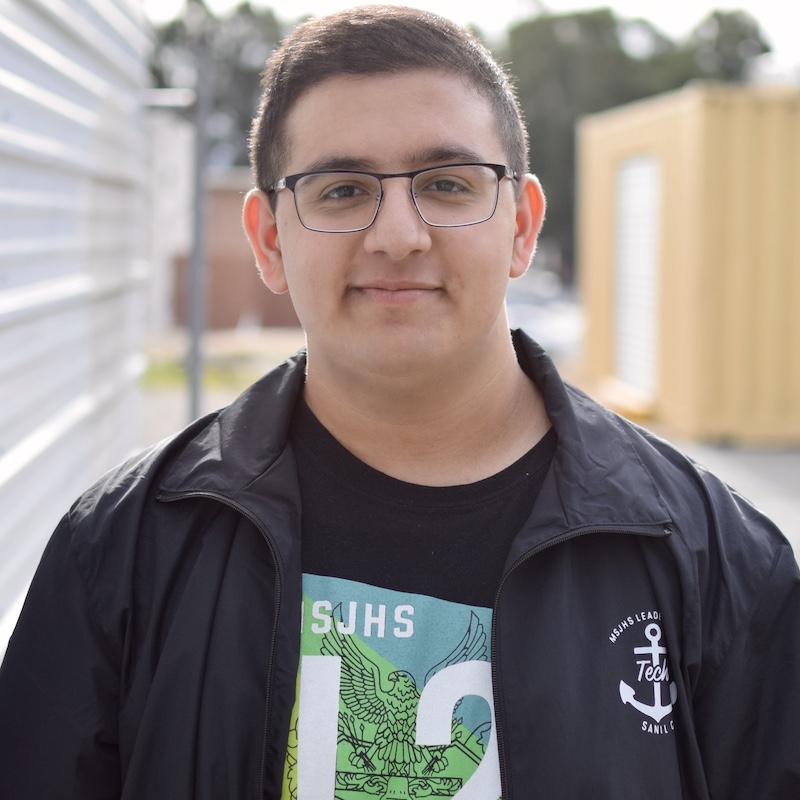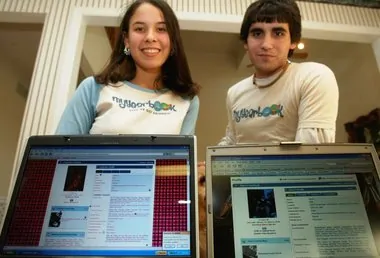23-year-old Shilipa Yarlagadda is the founder of Siffon Co., which is an online fine jewelry store that was founded on the idea of funding other female entrepreneurs. Yarlagadda said she perceived the jewelry business as being run by men and wanted to change that.
The idea for a jewelry company came to her at the end of her freshman year at Harvard. From there, she started researching how to make her idea come to life. Eventually she landed in New York’s Diamond District to create partnerships there to start her business.
Yarlagadda was able to make her jewelry cheaper than other fine jewelers by cutting out market intermediaries and going with a direct channel approach and thus cutting costs on her part. Also, 50 cents of every sale goes toward the Startup Girl Foundation, which helps startup female-founded businesses.
To gain an audience, Yarlagadda made sure to make connections with multiple famous stylists, fashion photographers, and other people in similar fields. Her Pinky Promise Ring made its first breakout moment on the finger of Emma Watson on tour for The Circle. Later, it made another big appearance on Nicole Kidman at the 2018 Emmy’s.
I think it’s interesting how Yarlagadda had the idea of supporting a cause before she had the idea of her actual business; I feel like I don’t really see that a lot. Honestly, I feel like it’s a strange way to approach it, but since it’s working for her then I suppose it’s fine.
Cutting out marketing intermediaries is a great way to save costs. I also really like how she made sure to make connections to gain an audience for her business, because sometimes having an audience is more important than even having a good business idea. Overall, I think Yarlagadda made very smart marketing moves to get her business started.
For more information see: Shilpa Yarlagadda: Meet the Ethical Jeweller Empowering Women | Vanity Fair





